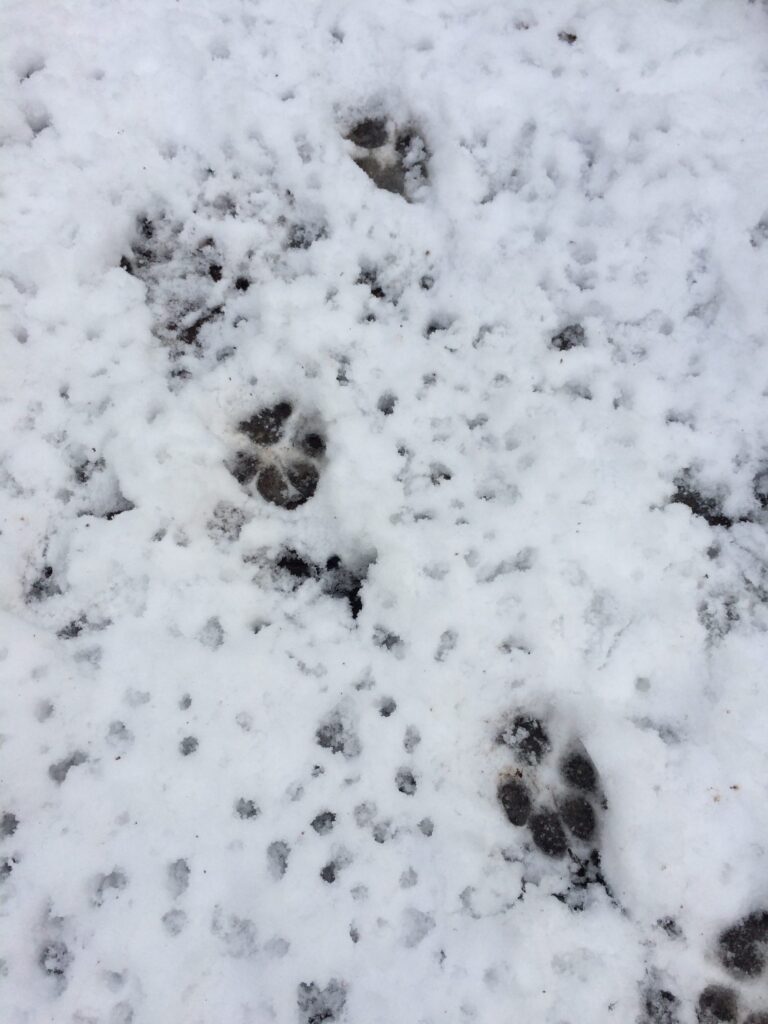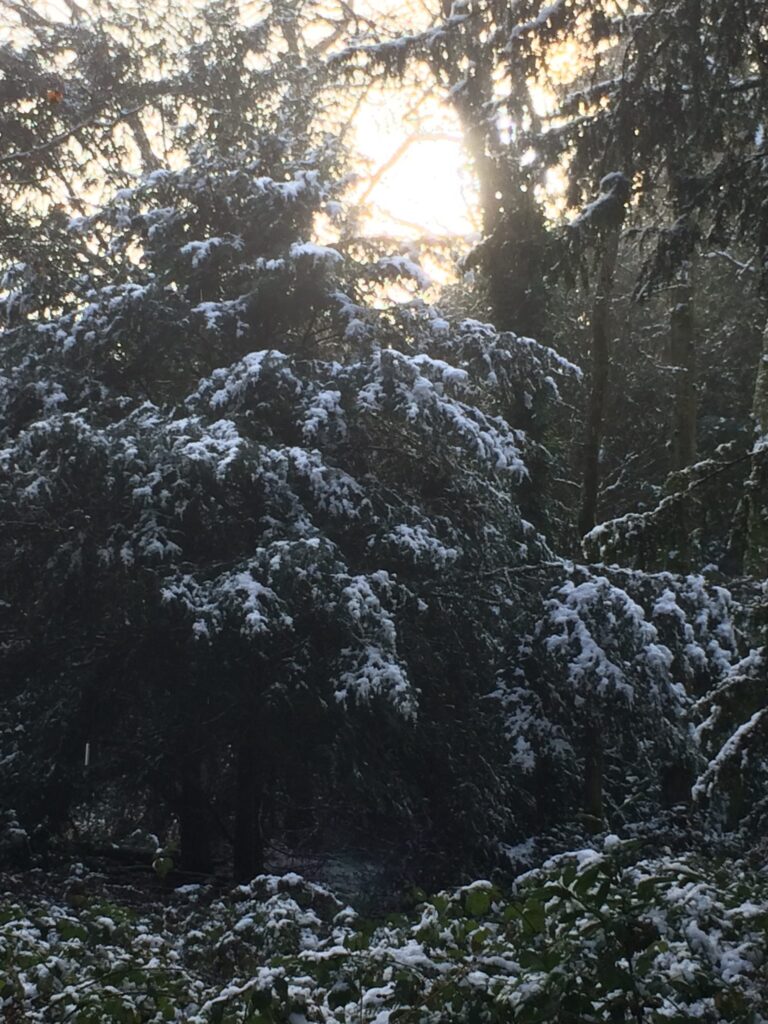From the Covid-19 diaries: 24 January 2021
Isn’t it great when the snow finally falls on a weekend?
On Sunday many of us in the UK, woke up to a sky full of falling snowflakes, filling the air like an army of small butterflies.
And that wonderful sound. A blanket of quiet, with only muffled noises of cars heard in the distance.
In the bleak mid-winter,
One of my favourite hymns – In the Bleak Mid-Winter by Christina Rossetti
Frosty wind made moan,
Earth stood hard as iron,
Water like a stone;
Snow had fallen, snow on snow,
Snow on snow,
In the bleak mid-winter
Long ago.
Like many, I’ve been bogged down recently with trying to motivate a child who doesn’t want to their school work at home. As much as I love my family, I was desperate this weekend to have time away from them, so I could recharge myself and change my world view.
By the time I’d got out for my walk, the snow was already starting to melt. I left my husband supervising my two children playing in the snow at home, and set off for the small woods, close to where I live, curious to see what a snowy woodland would look like.
My senses came alive
I wasn’t at all disappointed. In fact, my first thought “this is like walking in the rain”! It was a super sensory experience, as soon as I crossed from the little bridge into the nature reserve.
All I could hear was the ‘drip, drip’ of the snow falling from the trees and shrubs around me. There were still swathes of snow on the branches, but most of it was on fast-defrost as the winter sun burned through the grey sky.
As I went further into the woods, I felt my mood shift. I started to wonder ‘why does walking in the snow feel more uplifting than walking in the rain?’

Is it to do with the light? Or that snow, when it first falls, brings to mind those happy childhood memories? Having fun in the snow, building a snowman and enjoying the moment? Or do I just need time away from everyone?
Certainly the light reflecting off the snow could have been a factor. The ‘snow glow’ made me feel more alert and brightened my mood as I noticed my surroundings.
Seasonal Affective Disorder and eye colour
When I got home, I went online to do some research into Seasonal Affective Disorder (SAD), a condition first described by Dr. Norman Rosenthal in the 1980s, who had pioneered light therapy as a treatment for it.
A 2014 survey reported that 29 per cent of adults experience SAD at this time of the year. For eight per cent of them the symptoms are acute, while the remaining 21% report symptoms often referred to as the ‘winter blues’. For many, this condition can be serious and debilitating, impacting all areas of life.
And according to the findings, women are 40 per cent more likely than men to experience symptoms of the condition, and over half (57 per cent) of adults say their overall mood is worse in winter compared to summer.
Eye colour could be a factor
My search took me to a 2018 study about how your eye colour may influence your susceptibility to experience SAD. The results showed that those with darker or brown eyes, were more likely to feel the ‘winter blues’, than those with light or blue eyes. The researchers suggested that the retina of people with lighter eye colours may be able to process more light, than those with darker eye colours.
Some of the light-sensitive retina cells also send signals to the hypothalamus in the brain, the area which regulates temperature, hunger and sleep. A person with a darker iris needs higher levels of light to achieve the same response in the hypothalamus, which could result in depression.
But I have lighter (green) eyes, so maybe SAD isn’t the reason I feel overwhelmed? Although I could resonate with some of the characteristics of SAD, which includes low mood, irritability and lethargy.
Seasonal affective disorder (SAD) is a type of depression that has a seasonal pattern. The episodes of depression tend to occur at the same time each year, usually during the winter. As with other types of depression, the two main symptoms of SAD are a low mood and a lack of interest in life. Sufferers may also be less active than normal and sleep more.
The NHS definition of Seasonal Affective Disorder
Covid and wellbeing
If it’s not SAD affecting me, is it just Covid-19 taking its toll on my wellbeing? We are going through a lockdown over winter.
Who knows, but I’ll take a walk in the snowy woods any day, if it leaves me feeling brighter and happier!
I hope you got a chance to get out into the snow too. I wonder how it made you feel?
The Weather Channel and YouGov. October 2014. Impact of Seasonal Affective Disorder Twice as High as Previous Reports
Workman L, Akcay N, Reeves M and Taylor S. 2018. Blue Eyes Keep Away the Winter Blues: Is Blue Eye Pigmentation an Evolved Feature to Provide Resilience to Seasonal Affective Disorder?



